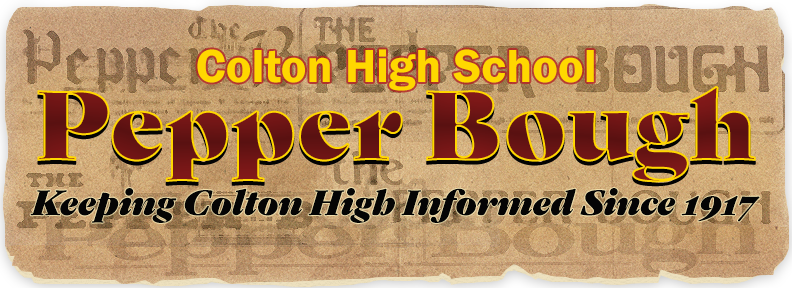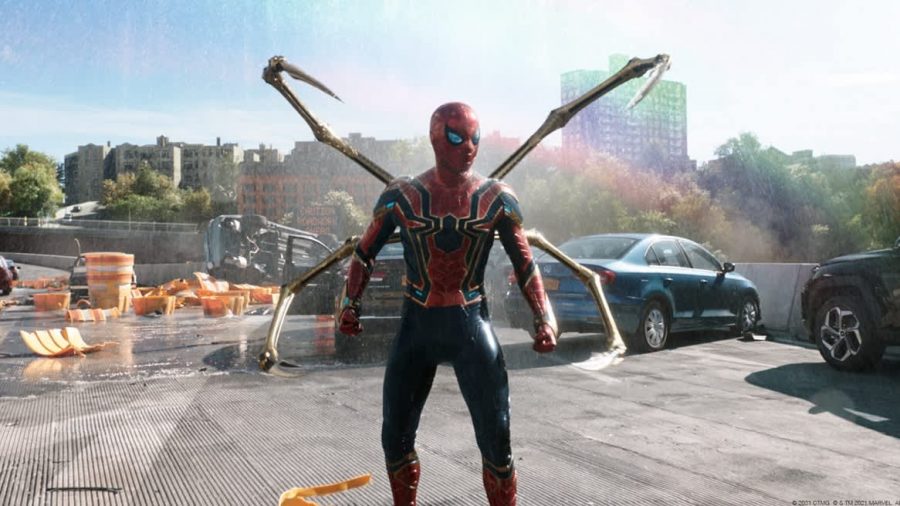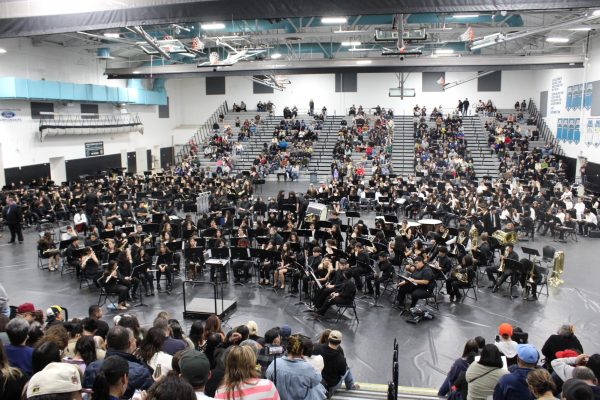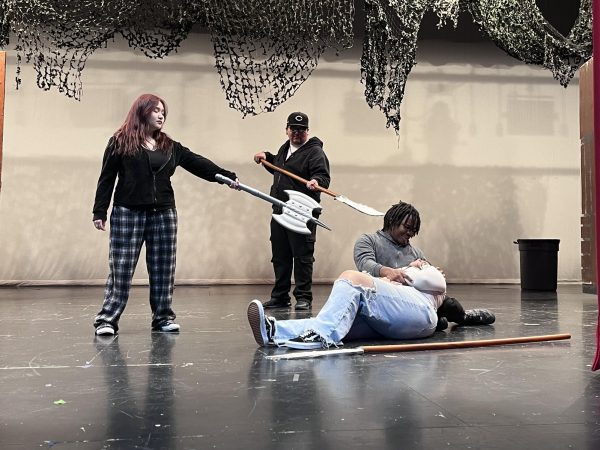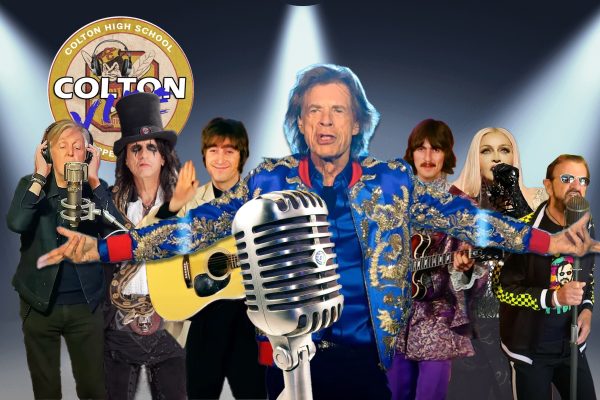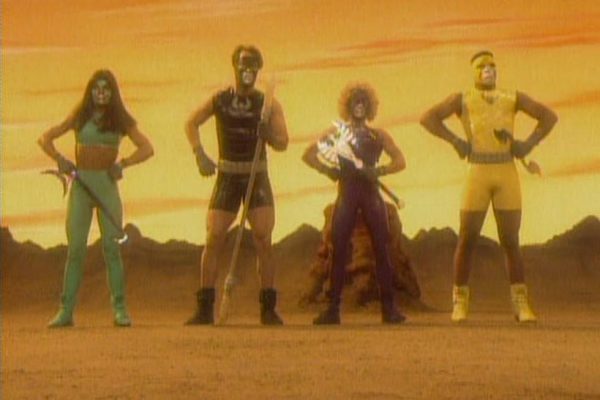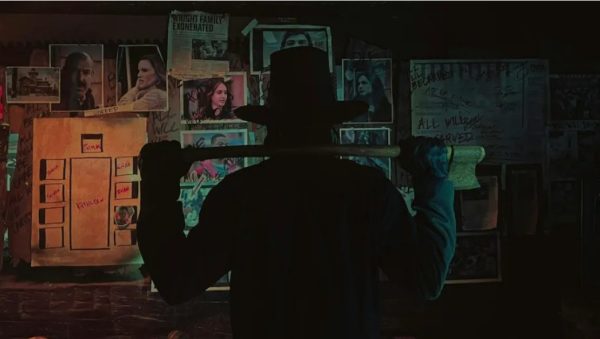“Spider-Man: No Way Home” is an exciting superhero epic with muddled politics
The third in the “Home” trilogy tries to use immigration politics as the backbone for its action-packed narrative
Spider-Man returns for “No Way Home,” a film as exciting as its politics are muddy.
 “Spider-Man: No Way Home” banked $587.2 million dollars worldwide this past weekend, so you don’t need a review telling you to go see it or stay home. Chances are likely you already braved the possibility of acquiring the Omnicron variant to watch the live action version of Spidey webslinging his way through the multiverse.
“Spider-Man: No Way Home” banked $587.2 million dollars worldwide this past weekend, so you don’t need a review telling you to go see it or stay home. Chances are likely you already braved the possibility of acquiring the Omnicron variant to watch the live action version of Spidey webslinging his way through the multiverse.
The film itself is a wildly entertaining 148-minute comic book fantasy epic that plays all the nostalgic notes in a way that never feels treacly or forced. Sure, the final act of the movie is literally a dramatization of the ubiquitous Spider-Man meme in which he points at clones of himself, but at least it doesn’t crumble under the weight of its need to please fanboys by whispering sweet nothings in their ears about how smart they are to crack all the Easter eggs.
Simply, “No Way Home” just tells its own story about how this latest incarnation of Peter Parker/Spider-Man (Tom Holland) has to learn Stan Lee and Steve Ditko’s timeless message that “With great power comes great responsibility.”
Interestingly enough, what stood out most about this installment of Spidey’s cinematic journey is how political it was, and how—in typical MCU fashion—confused its politics are.
Immigration politics are at the forefront of “No Way Home.” They are baked into the parody of Alex Jones made possible by a pitch perfect performance from J.K. Simmons as Daily Bugle blowhard J. Jonah Jameson. More obviously, they manifest in the film’s central idea: because of Peter Parker’s desire to make his identity as Spider-Man secret again, he enlists Dr. Strange in a magical scheme that has the unfortunate side effect of inviting villains from the previous Spider-Man movies to cross the multiverse border into this world.
Doctor Octopus, Electro, the Lizard, the Sandman, and, of course Green Goblin all come into this Spider-Man’s universe. They are immigrants, whom we learn are all dead in their own universes. To come here they are literally escaping death, and to go back is to face their final destiny. It is a traditional comic book allegory, to be sure.
As clever as the set-up is, and as not-so-subtle as the climax at the Statue of Liberty feels, the execution is frustrating. Not in a “I’m being challenged” way, either. Just in a “Boy, it seems they didn’t think this all the way through” way.
You see, the immigrants in this case are all bad guys. And our heroes are motivated by a desire to fix them. And if they can’t be fixed . . . ? Well, they’ll just be sent back “home” to face death and darkness.
The intentions here are noble. At the heart of this film is Aunt May (Marisa Tomei), who, up to this point in the “Home” trilogy, has been nothing more than comic relief and the object of Happy Hogan’s (Jon Favreau) lustful advances. In “No Way Home,” she takes more of the spotlight as Peter’s mentor and moral kiosk. May’s belief, which she espouses from the soup kitchen she runs, is that everyone deserves a second chance. Being a bad guy at one time doesn’t mean you are destined to always be a bad guy.
It’s a lovely sentiment, and it inspires Peter to seek to help this crew of misunderstood villains before sending them back home. But the question lingers: why do they need to be fixed? What is the purpose of fixing these baddies if they are only going to be sent home anyway? The storytelling never fully commits to playing out Peter’s logic, so the muddled message makes it appear that if only the immigrants were better suited for life back home, they wouldn’t need to come here.
Again, it’s highly doubtful this was the intention of the filmmakers. Their chief concern was to deliver fast-paced action sequences involving several computer generated Spider-Men fighting 83% of the Sinister Six. Still, as the cast arrives at the Statue of Liberty for the movie’s climatic battle, it is impossible not to see the symbolism as Marvel’s attempt to pat themselves on the back for being allegorical.
Integrating a political ideal into superhero comic stories goes back to Superman, who was created by two Brooklyn Jewish kids as a super powered Moses built to fight Nazis and anti-Semitic bullies. Captain America punched out Hitler. Green Arrow and Green Lantern became social justice warriors in the late 1960s. And Spider-Man himself fought the Comics Code Authority and the war on drugs.
So, there is no surprise that the braintrust behind “No Way Home” wanted to lace their four-colored soup with some social issues. It is just unfortunate that the message is so mixed, because otherwise the movie is exciting, and at times ambitious. It opens several creative doors for the combination of previously disconnected franchises, and despite the runtime, never overstays its welcome.
If only “No Way Home”’s immigrants weren’t constantly being reminded they were overstaying theirs.
Recently, the CHS Publications Department experienced a major theft as over $20,000 in photography equipment was stolen from our studio over Spring Break. This included all cameras. Any amount you donate will help rebuild our program. Thank you!

Jeremiah Dollins is in his third year as adviser for the award-winning Pepper Bough, Colton High School’s official source of news and entertainment....


